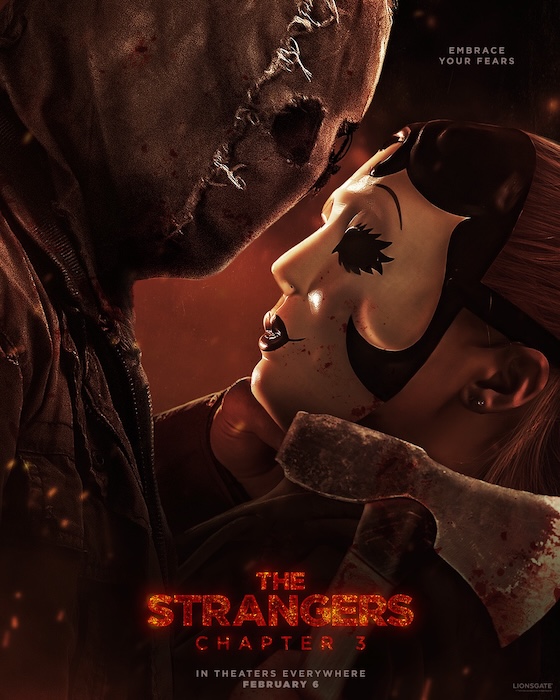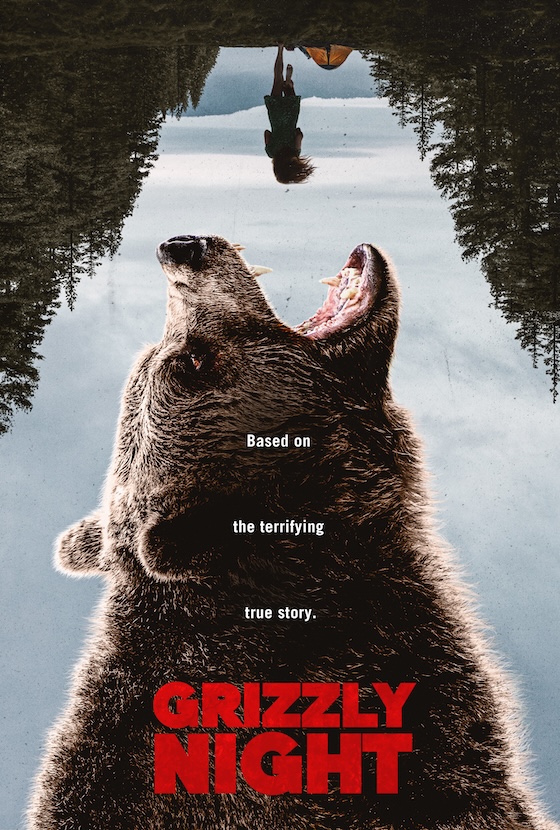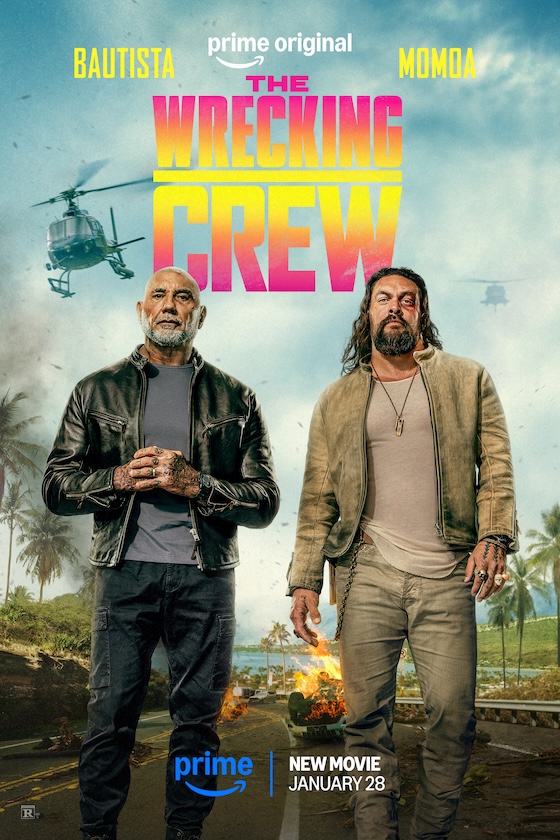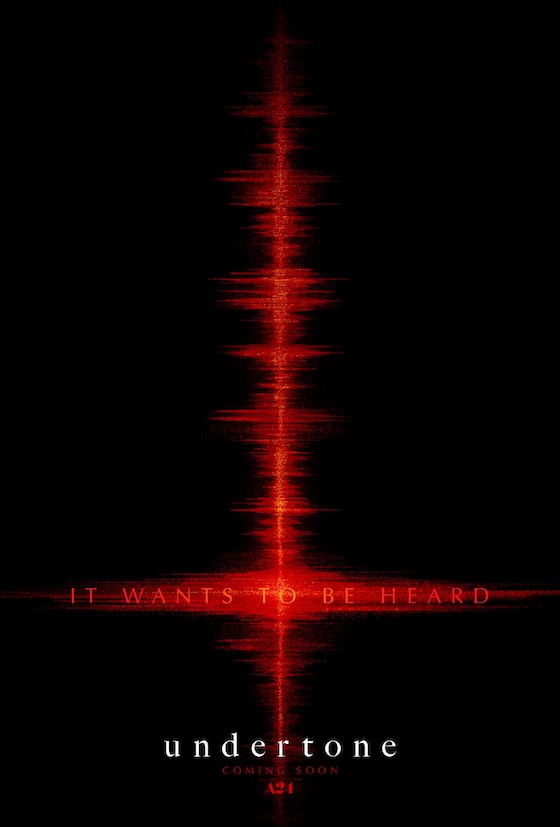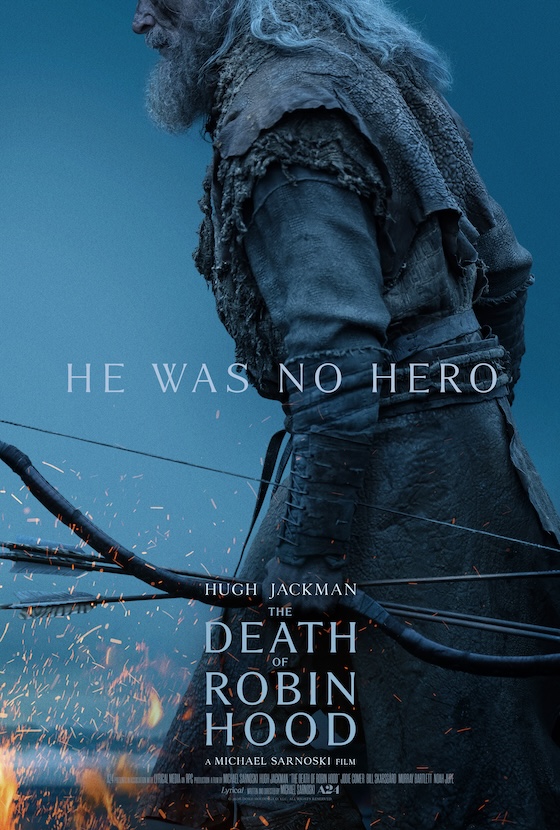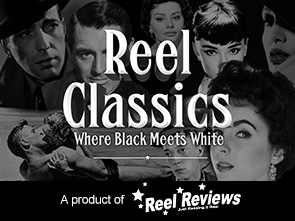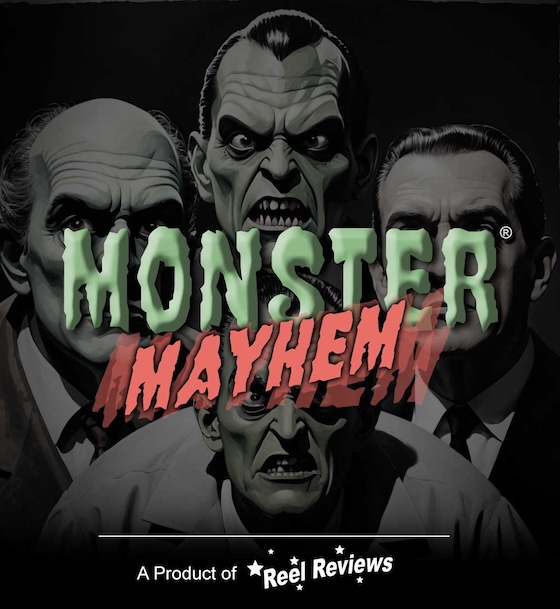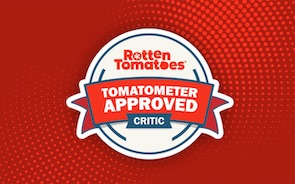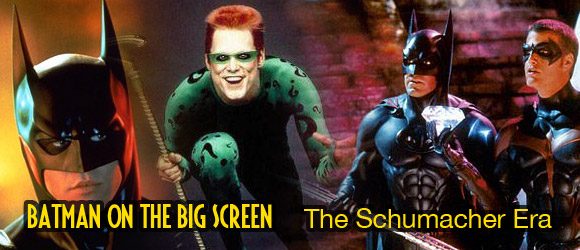
To celebrate the culmination of Christopher Nolan’s Batman trilogy, we will revisit all the Batman films leading up to the release of The Dark Knight Rises.
THE SCHUMACHER ERA (1995-1997)
It was with no small sense of loss that Batman fans learned Tim Burton was not going to return to the universe he had so successfully cemented in our collective minds. At the time it was played out in the media as simply a desire on Burton’s part to move onto other things.
However, all was not lost. Pretty quickly, Joel Schumacher’s name started being bandied about as the man who would replace Burton. There was also still strong suggestion that Michael Keaton would be back. Batman’s adventures would continue.
Schumacher was a very popular director in the mid-nineties. He created the 80’s icons St. Elmo’s Fire and The Lost Boys, directed mega-hits Falling Down and The Client—this was a man in demand. He had shown great diversity in his choices, adept handling of darker materials, so there was really no reason to fear the changes Warner Bros were implementing. Of course what we didn’t know at the time was Warner’s kneejerk reaction to parental groups denouncing Burton’s Batman Returns. They wanted a more ‘kid friendly’ adaptation than the previous film, and Schumacher was to proceed with that edict above all else.
Deep into pre-production, Michael Keaton pulled the pin (which perhaps should have been our first clue), refusing a 15 million dollar payday as a result. Already cast Rene Russo, who was to play Dr Chase Meridian, was also let go, as Schumacher and the studio searched for their new Batman. Many names were considered, including Billy Baldwin, Johnny Depp, Ralph Fiennes, and Daniel Day Lewis, but in the end Tombstone actor Val Kilmer had recently impressed the director as Doc Holliday and signed on to don the Bat-suit.
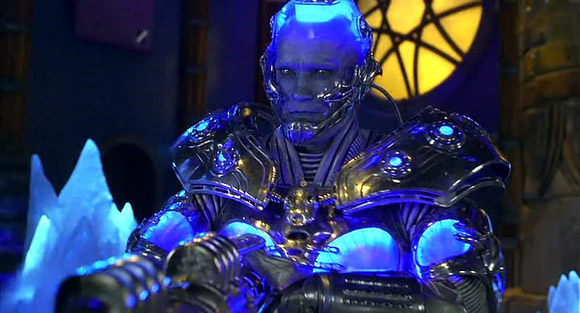
Following on from the previous film’s template, two villains would be pitted against Batman again: The Riddler and Two-Face. Newly crowned comedic king, Jim Carrey, would be chosen to play the Riddler, after some high calibre candidates—including Robin Williams— were passed over. And although Billy Dee Williams had taken the role of Harvey Dent in the original Batman with a promise he would become Two-Face in another instalment, it was Schumacher alumni Tommy Lee Jones who would step into the role (Williams being paid out). Nicole Kidman replaced Russo; Chris O’Donnell would become the first cinematic Robin. A new era of Batman films was set to go.
Batman Forever unleashed a very different Gotham City, filled with primary colours and neon pouring all of its over the top streets. In it, a bubble gum pink Two-Face is trying to lure Batman to an early grave in a sequence that would set the tone of this era completely apart from the Burton films. From the very first words uttered by our new Batman—‘I’ll get drive through’—the pathos and darkness that had so effectively served the preceding films was gone. In its place came a relentlessly paced onslaught of imagery with a pencil thin story underneath it. The excess of this entry extended all the way to its cast, with each being given caricatures to perform, instead of well-drawn characters. Like a lot of films that have followed, Forever seemed to mistake convolution with complexity, and the congestion left a lot of folk feeling rather unsatisfied despite gorging on 122 minutes of sensory overload. This was more a collection of packed to the rafters scenes than a narrative to invest in.
Kilmer’s Batman was not afforded the tortured persona of Keaton’s—although Schumacher and writer Akiva Goldsman attest that a longer cut exists with that element intact—and while not as hammy as Adam West’s TV version, it was very difficult to relate to him with lines like the aforementioned and things like “It’s the car, right? Chicks dig the car.” He is a much more debonair Bruce Wayne, which again affected his emotional resonance to the average guy. Kilmer is a fine actor and a good choice for the role, but, in this reviewer’s opinion, there wasn’t much of a role to begin with.
Tommy Lee Jones’s turn at Two-Face was viewed as a poor man’s version of the Joker, Nicole Kidman’s ridiculous character was groan-inducing, and Jim Carrey, taking his cues from Frank Gorshin, amped an already hammy script up to maximum with his manic and admittedly hilarious performance.
The introduction of Robin, not seen in the Burton entries—or in the Nolan entries that followed—was also botched. They had found an actor in Chris O’Donnell who was pitch perfect, they had even adjusted the ludicrous 1940’s origin on Dick Grayson to make him a young man instead of a little boy, but because of the congestion of characters he was not given enough time to develop in a relatable way. The same, sadly, can be said of the entire cast. It is thought by many—perhaps even Chris Nolan—that the introduction of Robin instantly means that the tone of the films will go lighter. And while the TV show and the Schumacher films do nothing to dispel that, there is still opportunity for someone down the track to show what a fantastic addition Robin, as an apprentice, not a plucky sidekick, can be to the Batman mythology (the comics have accomplished this in spades).
Gone also was Danny Elfman’s haunting score, replaced with a bombastic Elliot Goldenthal score that, admittedly, perfectly complements the tone of this version, but was as much an assault audibly as the film was visually.
The sleek monster that was Anton Furst’s Batmobile was also replaced with a garish, almost phallic Batmobile. Interestingly, the father of the Alien, H.R. Giger, was originally hired for the redesign (and is definitely referenced in the final product), but ultimately left due to the oft-quoted ‘creative differences’. This Batmobile shared the production design of bright lights between its ribbed body, ridiculously long fins, and the ability to drive up walls. Needless to say, it did not have the jaw dropping effect of its two predecessors for most.
Batman Forever, it must be said, was extremely successful on a number of levels. Schumacher was given a very clear task: to change as much as he could to separate it from Burton’s film; to make it light and accessible for kids. For those who prefer a lighter version of the caped crusader, it did deliver a lighter version than Batman Returns (And there were some, critics and all, that did prefer this tone). It made 60+ million dollars more than its predecessor. It was an enormously successful promotional tool, selling even more millions of dollars’ worth of merchandise. People tore open bus stops to steal the posters. McDonalds sold out a set of four Batman glasses worldwide in days. There were even two hit singles from U2 and Seal to tie into the film’s promotion. There was no doubt, upon its release, that there would be another Batman film ordered post haste.
Batman and Robin was commissioned almost instantly after Warner Bros saw Forever’s box office grosses. Schumacher and writer Goldsman would return. This time around, bolstered by the box office and Warner’s approval, Schumacher would go all out, taking his cues from the 60s TV show and the more fantastical work of Dick Sprang from the 1940s comics. A release date was set for mid-1997, toy companies were invited into the production design, so Warner Bros could increase their merchandising success for the next one—all involved were feeling very upbeat and confident. Nearly all, with the benefit of retrospect, now wish they had stopped to take a breath.
Stories had leaked during the making of Batman Forever that Schumacher and Kilmer had not gotten along; that Kilmer had behaved unprofessionally, been jealous of Jim Carrey, rude to crew and cast alike. The real story, as so often is the case, will probably be never known, but you have Schumacher saying that Kilmer kinda quit or was fired, and you have Kilmer saying that he was already committed to The Saint, not expected another instalment so quickly. When all was said and done, Schumacher had to find yet another new Batman.
TV’s ER was burning up the ratings, and one of its stars in particular, George Clooney, was transitioning for TV star to film star. He had recently joined Robert Rodriguez and Quentin Tarantino’s production of From Dusk Til Dawn, and made quite the impression on movie studios. He had looks, charisma in that old Hollywood way few did. After years of struggling, Clooney was going to be big. Schumacher, ever adept at finding future stars, saw this immediately, and Clooney was announced as the world’s next Batman.
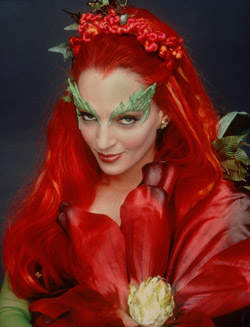 Chris O’Donnell, and Burton alumni’s Michael Gough and Pat Hingle, would return as well. In addition to them, another bursting at the seams cast would be assembled. Mr Freeze and Poison Ivy would be the villains this time around. Batgirl would make her debut. Bruce Wayne, having jettisoned Chase Madison without comment, would have a new girlfriend by the name of Julie Madison. They even squeezed in one of the modern era’s most successful new Batman comic villains, Bane.
Chris O’Donnell, and Burton alumni’s Michael Gough and Pat Hingle, would return as well. In addition to them, another bursting at the seams cast would be assembled. Mr Freeze and Poison Ivy would be the villains this time around. Batgirl would make her debut. Bruce Wayne, having jettisoned Chase Madison without comment, would have a new girlfriend by the name of Julie Madison. They even squeezed in one of the modern era’s most successful new Batman comic villains, Bane.
After Patrick Stewart was considered, Schumacher followed his bigger is better approach and snagged Arnold Schwarzenegger to play Freeze (for the bargain sum of 25 million). Uma Thurman beat out Demi Moore to play Pamela Isley/Poison Ivy. Clueless star Alicia Silverstone would be cinema’s first Batgirl, and for a new handsome Bruce Wayne only Elle Macpherson would do as his girlfriend. The late Jeep Swenson would, physically at least, fill out Bane’s costume.
If one thought Batman Forever was convoluted, then Batman and Robin took the cake. This is manic filmmaking at its most grotesque; an unrelenting barrage of skits that never lets up. Alfred is sick with the same disease that Freeze’s preserved wife has, Bruce and Dick aren’t getting along, Poison Ivy and her dumbass henchmen Bane are headed to Gotham to settle a score with Bruce, and Mr Freeze is stealing diamonds to fund research to cure his wife.
Here you have some of the most gifted actors in the world, capable of intricate and multi-dimensional portrayals, and what unfolds is 2 hours of them overacting paper thin parts in massively expensive sets that look like a pageant for the rich and tasteless. The dialogue is tsunami of the worst kindergarten level puns and one-liners imaginable. It is truly torturous to watch these actors have to utter them. So overpowering is the campy writing and set design that any miniscule attempts at character moments are completely swallowed. You cannot possibly be asked to connect with these people, or care what happens to them. The production was for the kids? Well, I gotta tell ya, my seven year-old niece recently watched the Batman movies with her uncle and called this one stupid.
The neon and primary colours of Forever are back, supercharged, with oversized cartoon production design that dwarfs the previous entry. There’s yet another Batmobile, this time forgoing anything resembling logic, bar for the fact it gives toy shelves another variation to sell. If this is the kind of budget William Dozer was given in the 60s show, then this is what we may have seen. Only this tone, this simple-minded interpretation that because a story comes from a comic book it doesn’t need to be taken seriously, was 30 years too late.
This film was a disaster. Critics ripped it to shreds, and the people stayed away in droves. Batman and Robin would not reach the box office of any of the preceding entries. Clooney would have been an excellent Batman, if he’d been given something akin to the first two movies, but here any chance he might have had to prove it is lost. He hates this movie, and as self-deprecating as always, claims to be the man who killed the Batman franchise. Not your fault, George. You’ve become a star, deservedly so, and if they get around to doing an adaptation of The Dark Knight Returns comic, they could do a lot worse than you.
While Clooney may claim responsibility for the end of this era of Batman films, it really is Warner Bros that ultimately have to take the blame. Back then the internet was still in its infancy. Today, the studios throw out some concepts to the world, and get useful information back almost immediately on whether or not an audience is hungry for what’s proposed. Even only a few years later, when Peter Jackson was filming The Lord of the Rings, word reached the world over the internet on how he was adding Arwen to the battle of Helm’s Deep: the vitriol that followed made him reconsider. Back in 1997 there was no reason not to think Batman and Robin wouldn’t be successful. Batman Forever had broken some box office records, but in hindsight, it seemed people were hungry, off the back of Burton’s films, to see what a new filmmaker and a new actor would bring to the mythology. The second time around, the overconfidence in Schumacher’s lighter approach went unchecked and reaped the consequences.
The next instalment, Batman Triumphant, was cancelled. Schumacher’s dream of doing Batman: Year One was dashed, and 8 years of failed attempts with some of the brightest in the business would follow.
We wouldn’t see Batman again until 2005, and after Batman and Robin, even the most die-hard Batman fans were ready for a rest.
Stay tuned for Batman On The Big Screen: Part 3 – The Nolan Era (2005-2012)
Here's a link to Part 1 of the 3 part series - Batman On The Big Screen: Part 1 – The Burton Era (1989-1992)
Here's a link to Part 3 of the 3 part series - Batman On The Big Screen: Part 3 – The Nolan Era (2005-2012)

